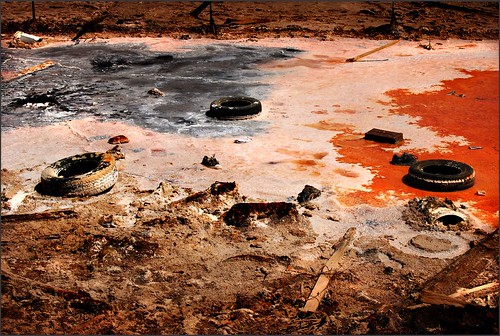I was lucky enough to attend this year’s Festival of Speed at Goodwood. I thought I would share my advice having been there.

Before you go
The event is on for four days, Thursday to Sunday. The weekend tickets are more expensive and it’s obviously far busier on those days, so bear that in mind. You need to book tickets in advance, you can’t buy them on the day either.
Check the weather forecast. We had a few showers, which we timed well by being in the woods around the rally stage for, but there aren’t too many places to hide from the elements, so if it’s going to be sunny, lots of sun cream, loose clothes, hats and water. If it’s going to rain, don’t scrimp on the wet-weather gear.
Equally, don’t forget you’re going to be lugging whatever you take around all day. You can return to your car, but depending on where you park, that is a long trek, so somewhat impractical.
Wear comfortable shoes, because you are going to be doing a lot of walking. The hill climb itself is only 1.16 miles, but the track extends well past it, plus you’ll be criss-crossing back and forth and trying to get around the various paddocks. This is another reason to travel light.
You may also want to peruse the attractions and decide what you want to see, because you may not get to all of it. Also check the itinerary for when everything is on, no point going up to the rally track during the lunch break. Continue reading
